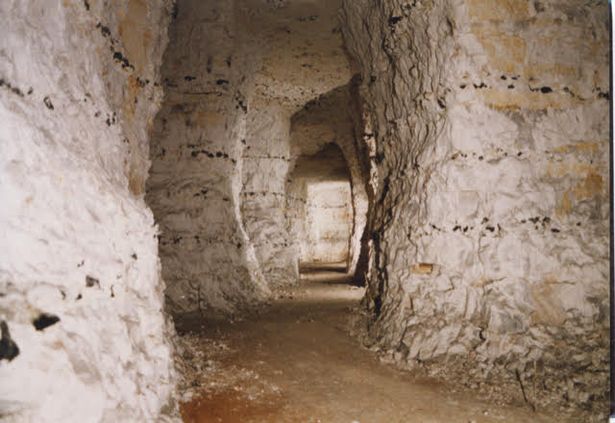It has been revealed that more than 830,000 properties, covering 18% of the Greater London area, could be at risk of subsidence from historic non-coal mining activity, due to the history of shallow chalk mining beneath parts of the city.
Leading land search specialist Groundsure recently published a white paper revealing the extent of potential non-coal mining risk in major cities across the UK. London is a good example of where the original landscape has been repeatedly built over and the chalk mines beneath the city have been long forgotten.
The capital sits on the London Basin, a geological feature consisting of three layers of clay. As London grew and industrialised quickly, multiple chalk mining operations opened up throughout the city, yet there were no regulations on how the mines were dug and there are very few records of where these mines lay. As a result, it is difficult to identify the potential risks associated with these mines.
Although ground collapses have previously been rare, climate change is causing the number of sinkholes and surface collapses nationwide to increase. Climate-related extreme weather conditions such as heavy rainfall means that soluble soil and rocks, like chalk and limestone, are more prone to collapse, putting more properties at potential risk.
In 2016, disused chalk mines caused a collapse outside newly constructed properties in Plumstead and all neighbouring properties were required to evacuate as the area was deemed unsafe.

The following year, Pinner Wood School in Harrow was evacuated after a mine shaft collapsed in the grounds. Following extensive research, it was revealed that there were multiple tunnels beneath the school. It was declared unsafe, and pupils were unable to return for nine months.
Although there are some mines that have been well documented, for example in Blackheath, there are still many that have been reported incorrectly or not at all. Parts of South East London are undergoing rapid regeneration, stimulated by Crossrail, overground and Docklands Light Railway routes. It is vital that correct due diligence is done on properties in affected areas to ensure any potential risk is detected.
Groundsure is committed to not only spotting hazards but finding feasible solutions for the home buyer. Mining consultants at Groundsure use Historic Land Use data to conduct extensive research to gain a solid understanding of non-coal mine activity and assess what lies below the ground.
“The unique data reveals the number of dwellings, features and total area that could be affected by non-coal mining including chalk via the company’s risk alert as part of property search process undertaken by conveyancers on behalf of homebuyers.
Malcolm Smith, chief operating officer at Groundsure, said: “There is a widespread distribution of former chalk mines throughout London and although there have been extensive efforts to record all of them, more appear year on year.
“As such, it is crucial for conveyancers to thoroughly assess all previous mining activity for the homebuyer, so they have a comprehensive understanding of any potential risk that may occur. If any mining data is missed, the potential risk to the property could be almost impossible to detect.”




